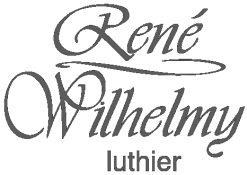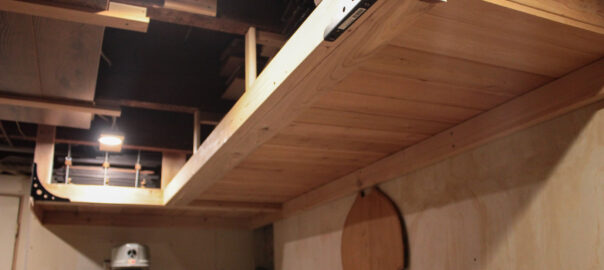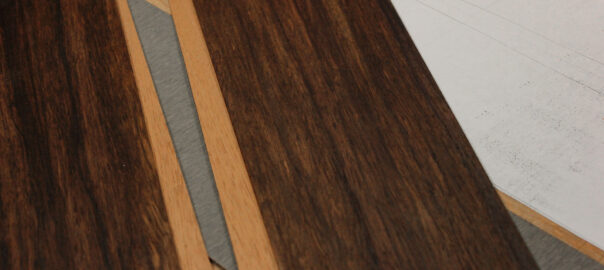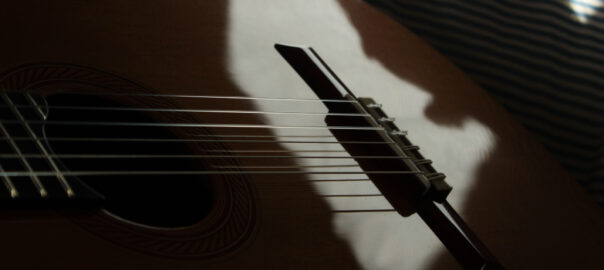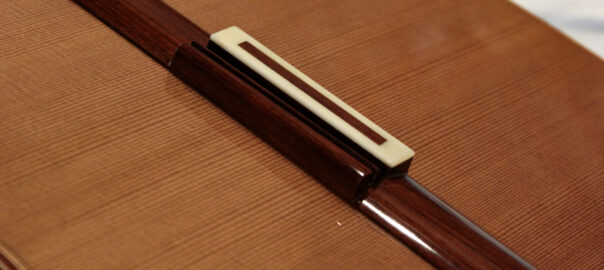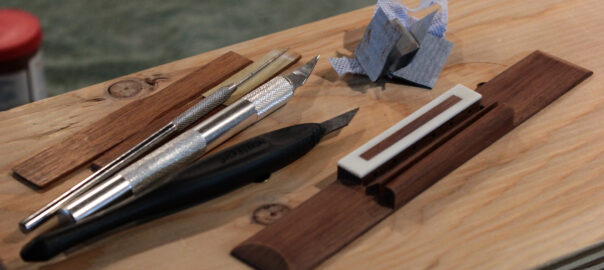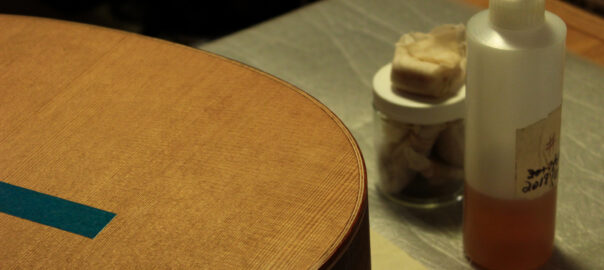Shop reno and cleanup
This fall I took some time to improve the workshop. Some optimization of space was required, not to mention the huge amount of wood scraps of all kinds to evaluate. On of the wall required adequate cladding, which became a good anchor to build a spacious shelf for storing materials, and which now allowing me
Read More